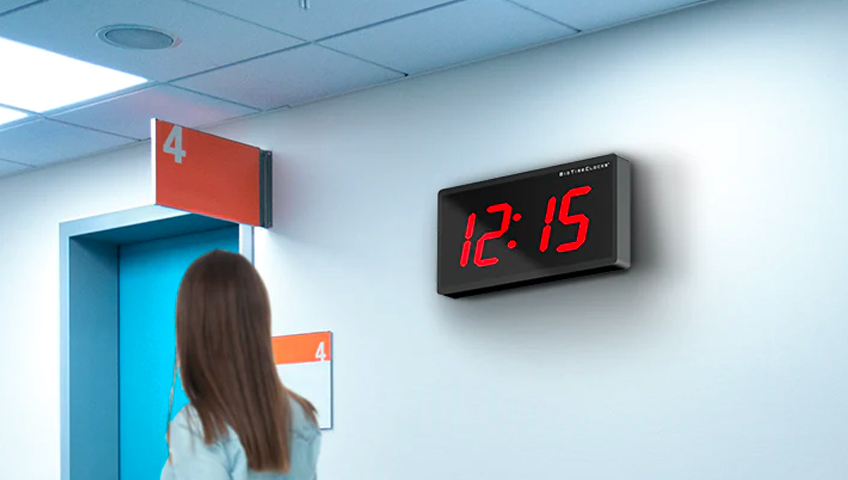Repairing a Genalex Synchronous Clock, or any clock for that matter, may require some technical knowledge and skills.
Here are general steps you might consider if you’re looking to repair a synchronous clock:
Determine what specific problem your Genalex Synchronous Clock is experiencing. Is it not keeping time, making unusual noises, or not moving at all?
Ensure that the clock is receiving power. Check the batteries or power connection to make sure they are functioning properly.
Open the clock case and inspect the movement mechanism. Look for any obvious signs of damage, loose parts, or debris that might be affecting its operation.
Synchronous clocks typically use a motor to keep time. Test the motor to ensure it’s functioning correctly. If the motor is not working, it might need replacement.
Check the gears and bearings for wear and tear. Lubricate them if necessary, but avoid over-lubrication as it can attract dust and dirt.
Examine the wiring for any loose connections, frayed wires, or other electrical issues. Make sure all connections are secure.
If you identify any damaged or worn-out parts, consider replacing them. You may need to source replacement parts from the manufacturer or a clock repair shop.
If the clock is still not keeping accurate time after repairs, you may need to calibrate it. Some clocks have a calibration screw that allows you to adjust the speed of the motor.
If you’re not comfortable with the repair process or if the clock requires specialized knowledge, consider consulting a professional clock repair technician. They have the expertise to handle various types of clock mechanisms.
Document the steps you take and any changes you make during the repair process. This can be helpful for reference and troubleshooting.
Remember that repairing clocks can be intricate, and if you’re unsure or uncomfortable with the process, it’s advisable to seek the assistance of a professional clock repair service. They have the tools and expertise to handle various clock mechanisms and ensure proper repair.





